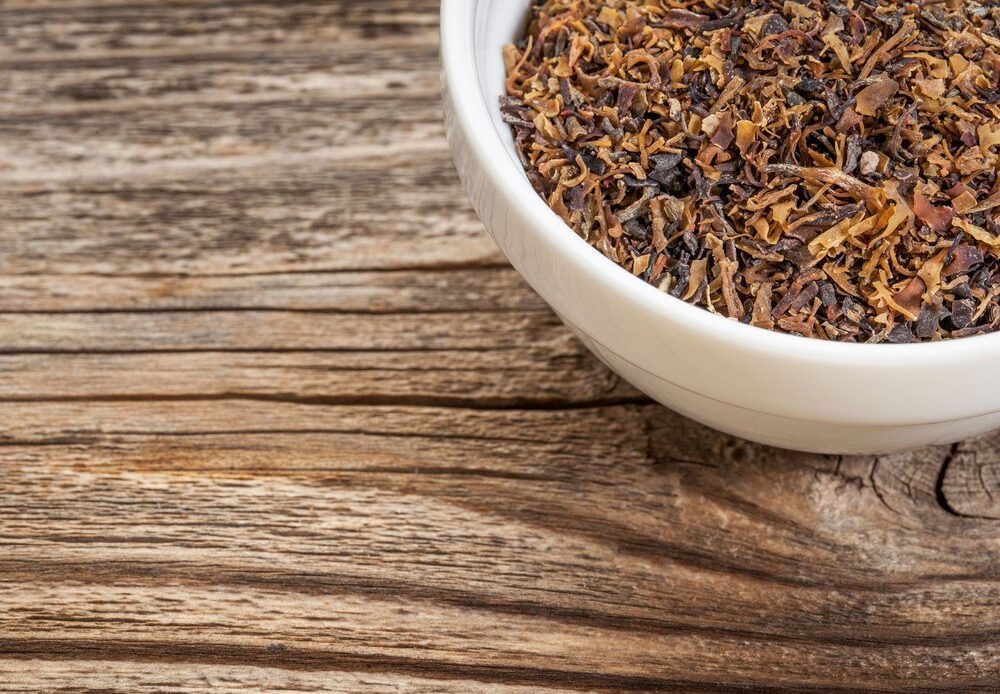Dehydrated carrageen looks nothing like the beautiful red fronds easily identified in coastal rocky pools.
Marek Uliasz/Alamy Stock Photo
I’d like to tell you that I found out about Irish seaweed pudding while leafing through chronicles in a university library. Or by hearing about it in an old pub late one night. But it’s just something that popped up on Twitter. “Carrageen moss pudding,” someone tweeted while discussing traditional fare. I blinked. Then looked it up. A form of blancmange made with carrageen, a common seaweed on Ireland’s coast.
Despite growing up in Northern Ireland, I had never heard of this dessert. I asked a few friends but they, too, were oblivious.
Regardless, I was fascinated by the thought of combining dairy and seaweed. It seemed so bizarre. What on Earth did it taste like? I had to make it. And so I ended up in my kitchen one evening with my wife, pouring warm water into a bowl over a small clump of dried carrageen, or Chondrus crispus to give it its Latin name.
Commonly called Irish moss, carrageen grows all over the Irish coast, in rocky places and estuaries. But it is distributed around the world, growing in similar habitats in much of Europe, Canada, the United States, and parts of Asia. A branching alga, carrageen is easy to identify in the sea by its vibrant red, undulating fronds.
The carrageen in my bowl is brown and crusty. But the seaweed unfurls instantly when touched by water, taking on its customary glossy red color and silky texture. It has a whiff of the sea at this stage, slightly astringent and with some ocean griminess to boot.
To the touch, carrageen feels like a piece of tough, ultra-smooth and wet leather. But the odd thing about it is the immediate slipperiness of its rehydrated surface. This is the first awakening of the jelly that has begun to seep out of it. When I taste the seaweed at this stage, it is not salty. Rather, it has a hint of iodine, more medicinal than marine.
Having revived the carrageen with warm water, I lift it out and place it in milk for boiling. Various recipes that I discover online suggest boiling it in the milk for 20 minutes, which I do. This process forces a surprising amount of jelly out of the seaweed, causing the milk to become very gloopy. The milk also takes on a gentle purple hue—and a heady tang of the beach….
Click Here to Read the Full Original Article at Travel | smithsonianmag.com…
